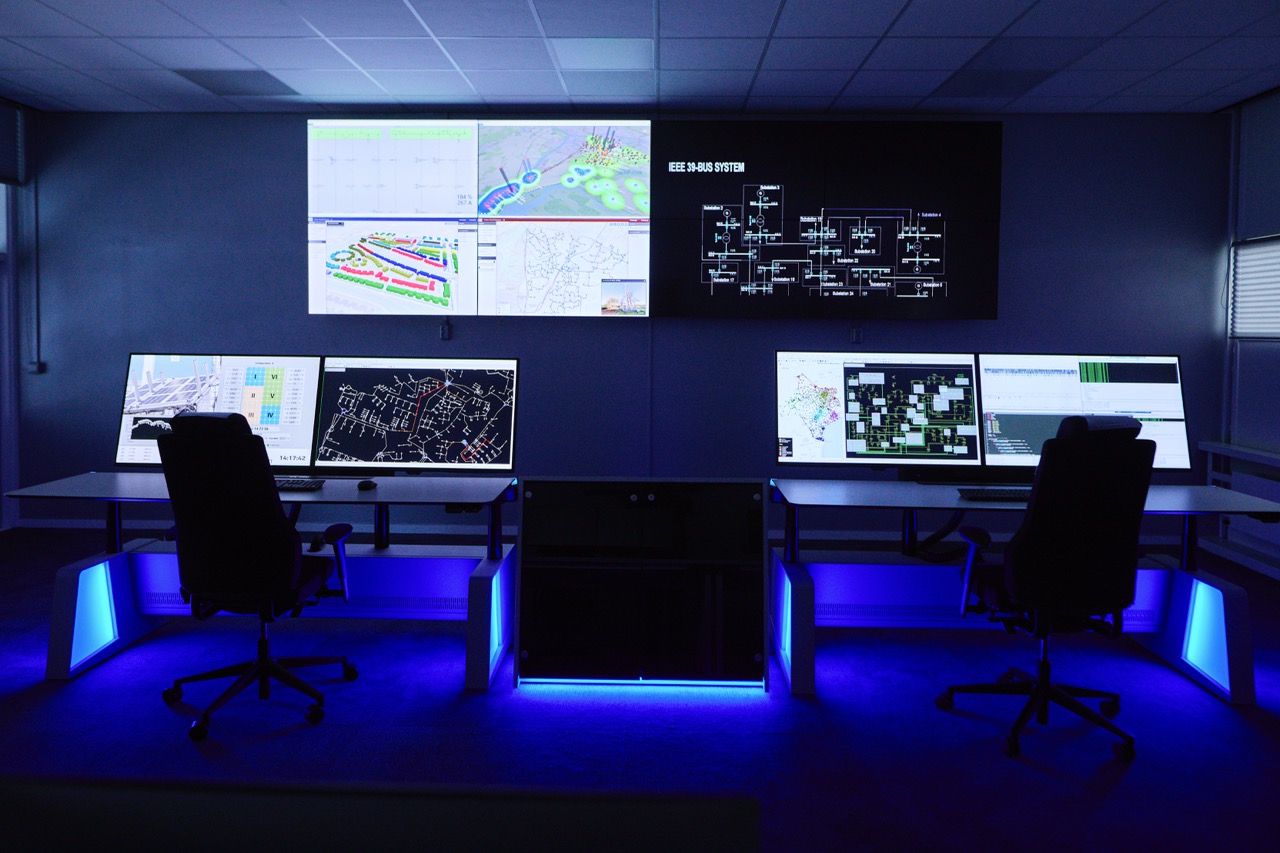Safety-II in Practice
15-16 May 2025 | Vakwerkhuis Delft NL | Hosted by TU Delft
Photo by Sebastiaan Ter Burg, CC BY 2.0

Safety-II shifts the focus from solely analyzing failures to understanding what goes right, what goes wrong, and everything in between. By examining normal work—how tasks are performed daily—it provides insights into how systems succeed under varying conditions. This proactive approach emphasizes learning from everyday performance to enhance resilience and improve overall safety outcomes. Safety-II marks a shift from an event-driven to a process-driven approach and has gained a lot of traction in recent years in the safety community.
Topics

Safety-II tutorial: Theoretical fundamentals of Safety-II, a critical perspective
Join us for an insightful session with Jean-Christophe Le Coze (INERIS) to critically explore the theoretical foundations and implications of Safety-II, its theoretical underpinnings. An analysis of where the paradigm emerged and where it might lead to?

Interactive Session - Structured Exploration of Complex Adaptations (SECA)
Through an interactive workshop exercise provided by Dana Schmitz from EUROCONTROL and Riccardo Patriarca (Sapienza University) you will be introduced to a novel Safety-II method called SECA. The method is a novel way of knowledge management in everyday work, designed to spot and interpret weak signal patterns in socio-technical systems.

Interactive Session - What can tiger ecosystems teach us about Safety-II?
Join this thought-provoking workshop with Indushree Banerjee (TU Delft), where we explore the parallels between researching tiger ecosystems and Safety-II principles. With a focus on debunking research assumptions, as well as on the importance of selecting the right unit of analysis and the correct model for the task, you will see through a guided exercise that protecting tigers and managing Health & Safety have a lot in common.

Panel Military and Emergency Services
This panel will explore how Safety-II principles apply to the high-stakes domains of military and emergency services, where the focus extends beyond simply avoiding accidents to ensuring mission performance and preserving life. These fields demand adaptability and proactive responses to emergent risks, as success hinges on what goes right under dynamic conditions. Feel free to submit an abstract if you want to contribute to this panel. The submission abstract template can be found here.

Participation in research: 'Safety-II, what does it mean for your work?'
This session is the start of a research study, led by Riana Steen (BI Norway) and others, in which you will be asked about what Safety-II means to you and your work. This scientific study itself will not be conducted during the workshop, but you will be introduced to its concepts, looking into participants’ conceptual mindsets regarding Safety II and the performative impact of Safety II in real-world settings. You are then invited to become a study participant.

Present Your Abstract
There will be a possibility for participants to present their submitted abstract. Because this year we focus even more on interaction than previous years, their will only be a limited number of abstract presentation slots to allow more workshop sessions. In addition, we also encourage abstract submissions to propose an element of interaction with the audience. Find the abstract submission template here.
Why you should attend
This year’s event combines hands-on, engaging workshops where participants can apply Safety-II principles to real-world scenarios. Besides immersive sessions, you will also be invited to provide your critical view on Safety-II in sessions that delve into the diverse interpretations and meanings of Safety-II. You will gain fresh insights into how this approach emphasizes learning from normal work analysis and how to ncrease resilient performance in complex systems.

framily-safetyii-2025
 Registration website for framily-safetyii-2025
Registration website for framily-safetyii-2025framily-safetyii-2025v.g.ruiter@tudelft.nl
framily-safetyii-2025v.g.ruiter@tudelft.nlhttps://www.aanmelder.nl/framily-safetyii-2025
2025-05-12
2025-05-16
OfflineEventAttendanceMode
EventScheduled
framily-safetyii-2025framily-safetyii-20250.00EUROnlineOnly2019-01-01T00:00:00Z
To be announcedTo be announced